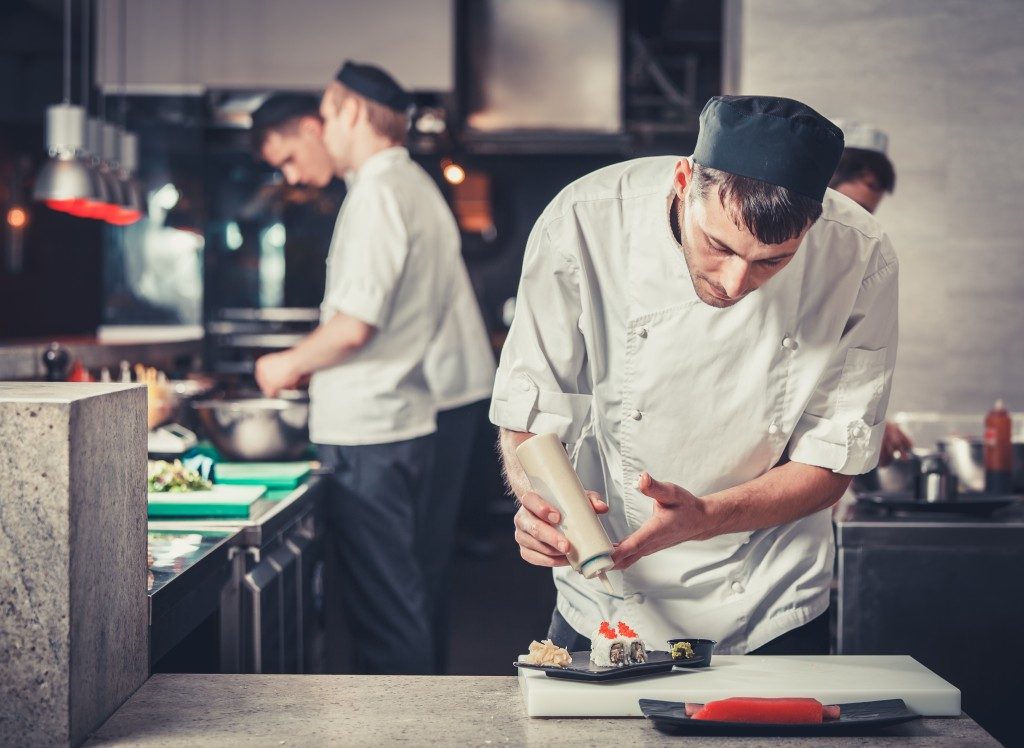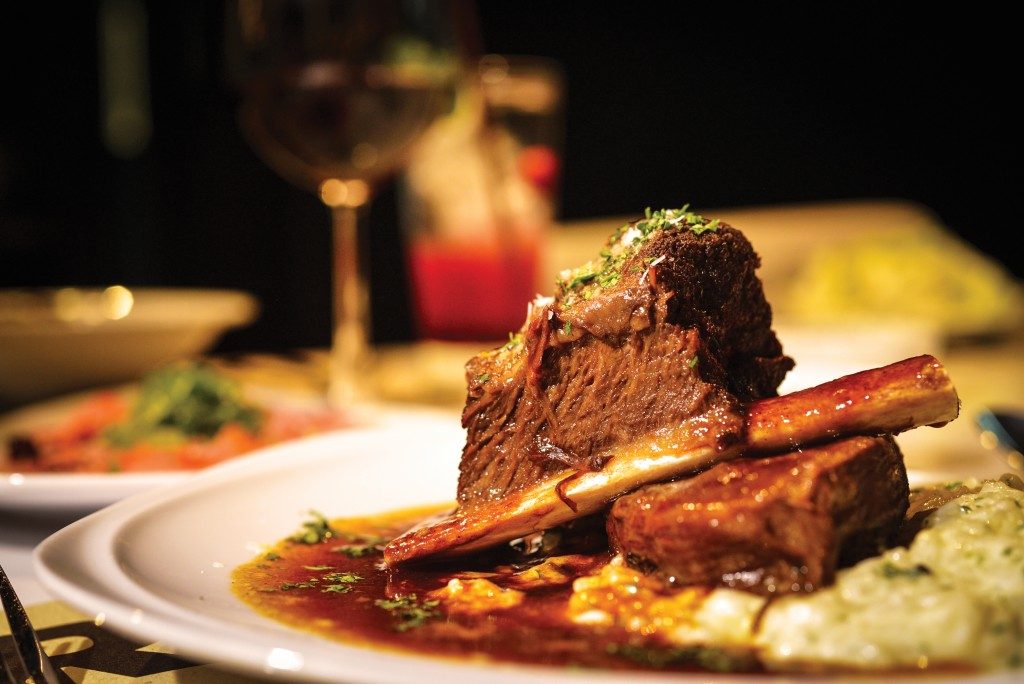Nowadays, fusion cuisine has become the star of many professional kitchens in Singapore. The city-state is made up of different ethnic groups, and the integration of different food practices has created fusion dishes unique to the country. From hipster cafes to the best rooftop restaurants, Singapore has further expanded the local culinary scene by experimenting with ingredients and integrating flavours from across the globe.
Whether it’s kimchi tacos or cheeseburgers with yakitori, what exactly makes fusion cuisine so popular?
It tastes familiar
Most fusion dishes incorporate familiar elements of each country’s comfort food. When you want to stick to your favourites but also want a bit of cultural flair, fusion cuisine comes into play. Many people associate specific ingredients or dishes with pleasant memories. There are some that are emotionally attached to family recipes passed down from generation to generation. Fusion food takes advantage of that emotional connection. This is why a good fusion dish often has a staple food as its base – dumplings, noodles or a bowl of rice.
It’s something new
Fusion cuisine is perfect for people who crave new food experiences. They appreciate the familiar form of the dish while enjoying the interesting flavours that pop in their mouths. The marriage of the different herbs and spices is distinct, yet also unique in that the new elements create a different experience.
For people with a less adventurous palate, fusion cuisine is a good way to introduce them to new flavours without taking them outside their comfort zones. For example, restaurants may serve them chicken satay with honey mustard achar instead of the usual peanut sauce.
It’s creative
 With culinary cultures travelling beyond their traditional territories, chefs are introduced to a plethora of ingredients they can work with to produce new and exciting creations. Fusion dishes have become mainstays at restaurants because they give chefs the freedom to be creative and innovative. The possibilities of this cuisine are endless, and chefs are taking advantage of the opportunity to inspire people to taste the different flavours of the world. It’s also a way for international chefs to entice the locals.
With culinary cultures travelling beyond their traditional territories, chefs are introduced to a plethora of ingredients they can work with to produce new and exciting creations. Fusion dishes have become mainstays at restaurants because they give chefs the freedom to be creative and innovative. The possibilities of this cuisine are endless, and chefs are taking advantage of the opportunity to inspire people to taste the different flavours of the world. It’s also a way for international chefs to entice the locals.
For example, a Japanese chef living in Singapore takes joy in making ramen for his restaurant. To make the ramen dishes more appealing to Singaporeans, he might add bak kut teh instead of tonkotsu. A simple decision like that alters the overall taste of the dish and makes it more complex.
It just tastes good
The best part about fusion cuisine is that the mix of flavours simply tastes amazing. Fusion cuisine merges seemingly disparate taste profiles into delicious dishes you won’t find on the street. The traditional spices are familiar, and the new flavours add a pleasant surprise. It’s that hint of the unconventional that sets it apart from local favourites. Singaporean dishes are already a mixture of so many cultures and traditions, but fusion cuisine elevates the country to be on par with the culinary countries of the world.
Fusion cuisine has become so appealing in the past years that many restaurants dedicate their menus to these kinds of dishes. People have also acquired a taste for meals that combine flavours from different cultures. With globalisation promoting the free exchange of ideas and styles, it’s no wonder that fusion cuisine is set to become even more popular in the years to come.

